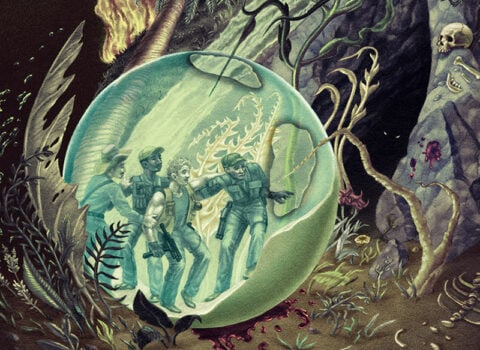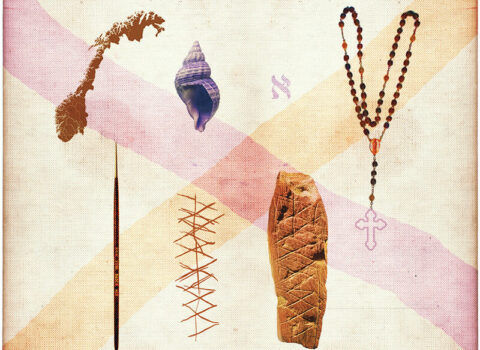
This sentence caught my eye in yesterday’s International Herald Tribune:
Wells said that compared with the Cobbe portrait, the other representations now thought to be copies of it presented “an inanimate mask” of Shakespeare and that the discovery of the Cobbe painting would lead to a new generation of Shakespeare scholarship, driven by the realization that Shakespeare was more handsome, more fashionable, and more wealthy than previously believed.
The sentence appears in one version of Pulitzer Prize-winner John F. Burns’s reporting on the apparent (or possible, or contested) appearance of a “new” portrait of the Bard of Avon. If you haven’t seen the painting, it’s very lovely indeed, and surely does differ from the hydrocephalic fellow we’ve come to know and love. So said, the notion that a new generation of Shakespeare scholarship would be driven in a different direction by the “realization” that Shakespeare was “more handsome, more fashionable and more wealthy than previously believed” is drop-and-roll ridiculous. The number of idiotic assumptions that underlie such a statement (not Burns’s but, apparently, Wells’s) is hard to calculate, but their nature isn’t hard to characterize: we learn about art from artists (not from art).
That same silly sentence and the scary sentiment it supports were absent from the New York Times version of the Burns’s piece, thank goodness, but there was another bit of poppycock to replace it:
In a handout for reporters, the trust said the portrait might open a new era in Shakespeare scholarship, giving fresh momentum, among other things, to generations of speculation as to whether the playwright, a married man with three children, was bisexual. Until now, that suggestion has hinged mostly on dedications to the Earl of Southampton that Shakespeare wrote with some of his best-loved poems and some of the sensual passages in his poems and plays, particularly his sonnets, most of which, the London scholars said, are centered on expressions of love and desire for men, not women.
“This Shakespeare is handsome and glamorous, so how does this change the way we think about him?” the handout said. “And do the painting and provenance tell us more about his sexuality, and possibly about the person to whom the sonnets are addressed?”
So: it seems that the handout was suggesting that because the new portrait offers us a more handsome Shakespeare, there’s now a greater chance that he was bisexual.
Um, uh, what?
Which is to say: what?!
After that ride on the bullet-train to crazyville, I benefitted from the sober and illuminating series of images the New Republic has orchestrated on their site, a slideshow of Shakespeare’s possible faces. You can view them here.
































































































